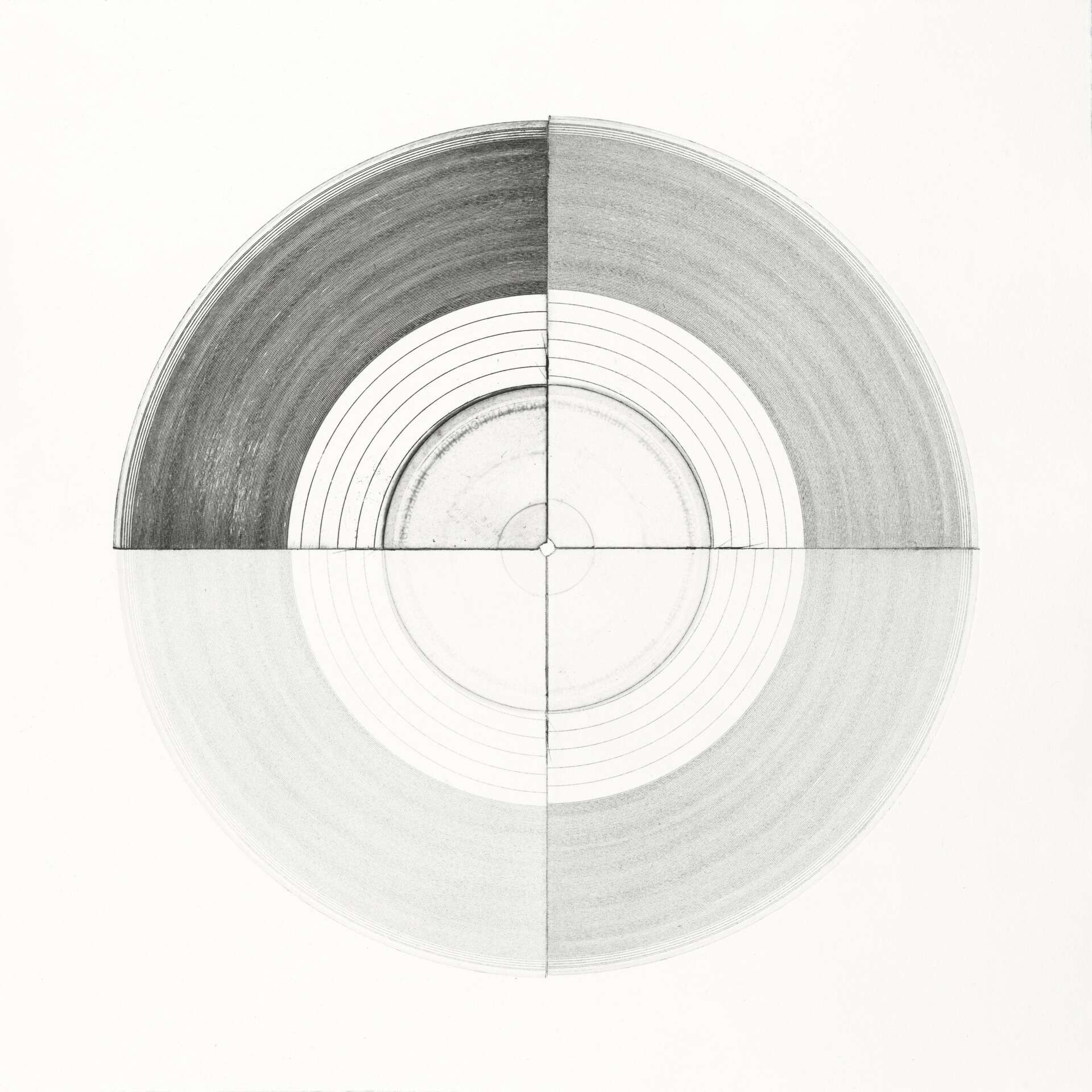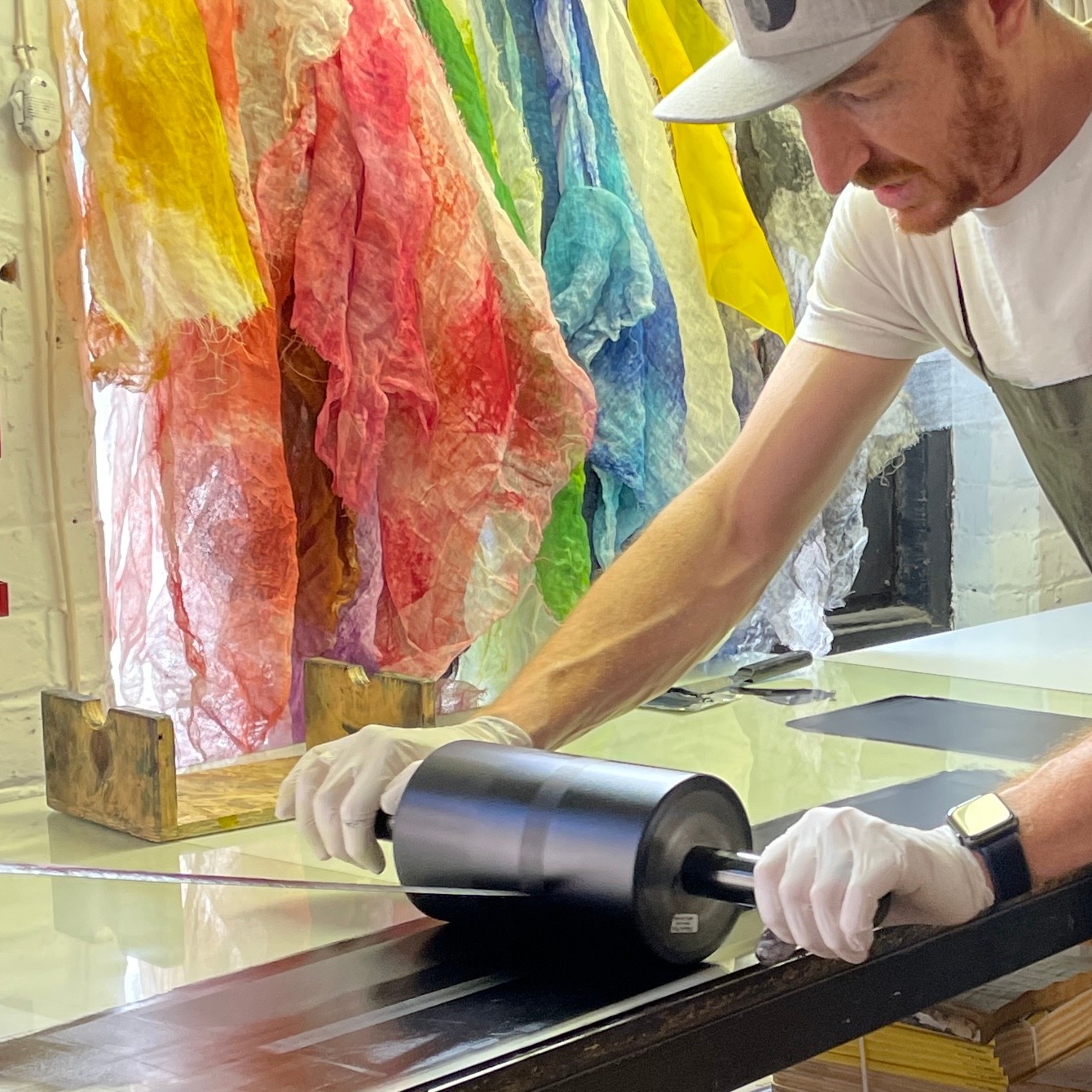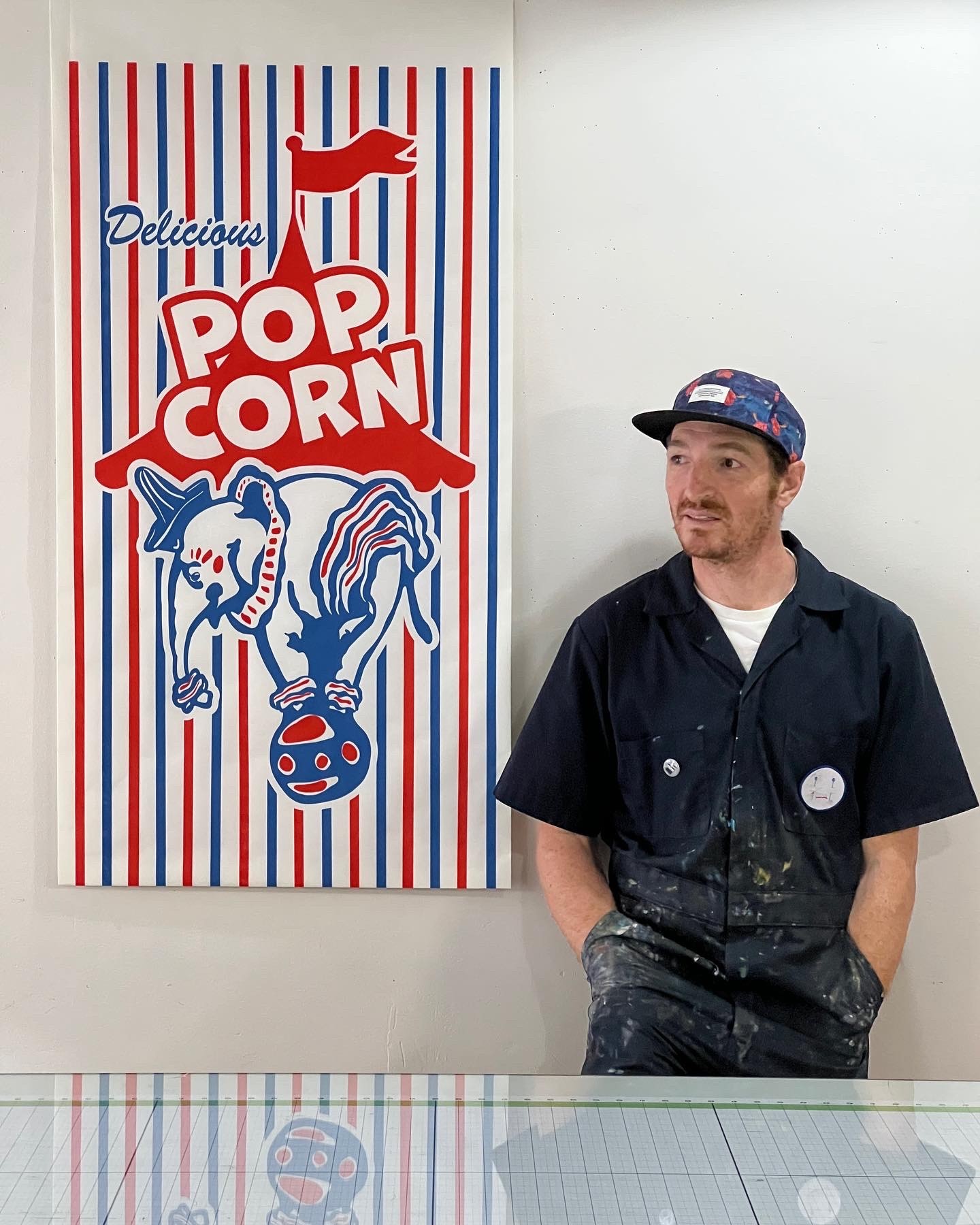We recently connected with Laine Groeneweg and have shared our conversation below.
Alright, Laine thanks for taking the time to share your stories and insights with us today. Can you talk to us about how you learned to do what you do?
When I first started printmaking, I really had no idea what I was doing. I hadn’t taken any classes and I was simply trying to figure it out while I was going along. The mistakes were plentiful and my results weren’t all that great. That said, I came to learn that it was just as important to find out what didn’t work as what did, and by letting the opportunity to make mistakes present itself and unfold naturally I was able to learn through the process. It wasn’t until years later that I went for more formalized training at school. It was here that I had the opportunity to bridge the gap between my early personal discoveries and more established techniques.
Beyond school, I’ve returned to more self learning and discovering the craft of printmaking through day-to-day trial and error. I think that embracing the possibility that things may or may not work out technically opens the door to “art” and pushes the limits of what can happen as one becomes fluent in a particular craft.


As always, we appreciate you sharing your insights and we’ve got a few more questions for you, but before we get to all of that can you take a minute to introduce yourself and give our readers some of your back background and context?
In a nutshell, I work primarily in printmaking both as an independent artist a collaborator with other artists.
I had always been interested in printmaking, but during my undergrad studies, I wasn’t able to get into the classes that had a focus on print. Instead, I ended up taking a number of classes where I learned a lot about digital creation tools. After finishing art school with a focus in video and media arts, I landed a job, making animated bumper ads. The job had its positives, but at the end of the day I was left, feeling creatively unfulfilled, and wanting to return to working with physical materials.
This ultimately brought me to a place where I did a complete 180 degree pivot and took off to Italy to study traditional printmaking. This landed me at a school called Il Bisonte per lo Studio Grafica in Florence, where a year learning about etching, engraving, and other traditional print methods.
I knew from the moment, I began this new path that it would be something that I would follow for as long as I could. Since then, I have assumed many rolls at various studios and have gone on to build my own studio and gallery, Smokestack. It’s a continually evolving place where I create my artwork as well as work collaboratively with other artists to help them realize their projects in printmaking.
Smokestack is unique in that there are very few places out there that offer collaborative printmaking opportunities for artists. It’s a space where we can bridge the technical gaps for artists looking to create print-based projects while still having them deeply involved in the production of things. The studio has also reached a point where we have been able to start publishing editions, provide residency opportunities, and showcase the work made by artists at Smokestack in our gallery and growing archive.


What can society do to ensure an environment that’s helpful to artists and creatives?
In order to support artists I think people need to consider buying original art from artists! Additionally, go support exhibitions & galleries, and rally around more public and private funding for artists and arts organizations. Purchasing art not only financially compensates artists, but it’s also can be a great way of validating of all of the input that goes into creating art. This helps keep artists going!
Like any other profession, making art for a living takes time, energy, and financial contributions. It also comes with zero guarantees! It’s common for artists to put in all of the time, energy and money upfront yet it’s equally common that those inputs may never realize an equitable return either in terms of financial or wider recognition. Unlike most jobs where you do the work and get more directly compensated or recognized, the arts seems to be a crapshoot when it comes to this.
In some rare cases artists receive grants to support their activities, but in most cases artists need to do something else to support their art. The idea that you need to work another job to support your profession has never really sat well with me and seems backwards.
At the end of the day,… consider purchasing art from artists so they can keep making!


What do you find most rewarding about being a creative?
By far the most rewarding aspect of being an artist and collaborator is seeing what’s possible when ideas and technical understanding come together creatively.
I am fortunate enough to be able to experience art making from both a personal and a collaborative standpoint. Because of this I get to be part of a journey that isn’t always mine alone and often presents unique twists and turns throughout. Making art isn’t always clear through the process, however without fail there’s always a resolve through creative thinking and technical problem-solving. I love how the art reveals itself authentically between these two factors.


Contact Info:
- Website: www.lainegroeneweg.com
- Instagram: @lainegroeneweg
Image Credits
Images courtesy of Laine Groeneweg & Smokestack


